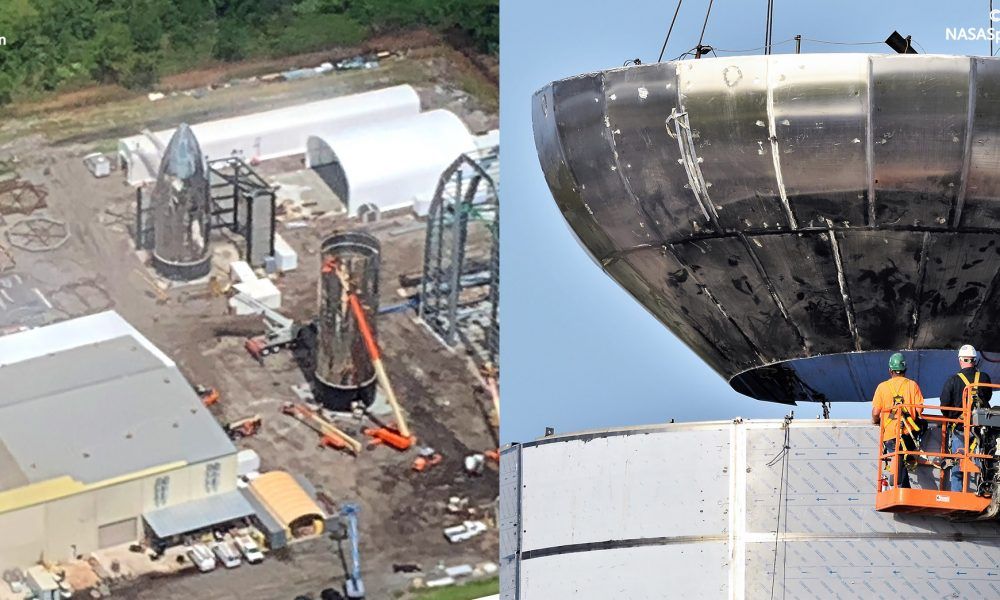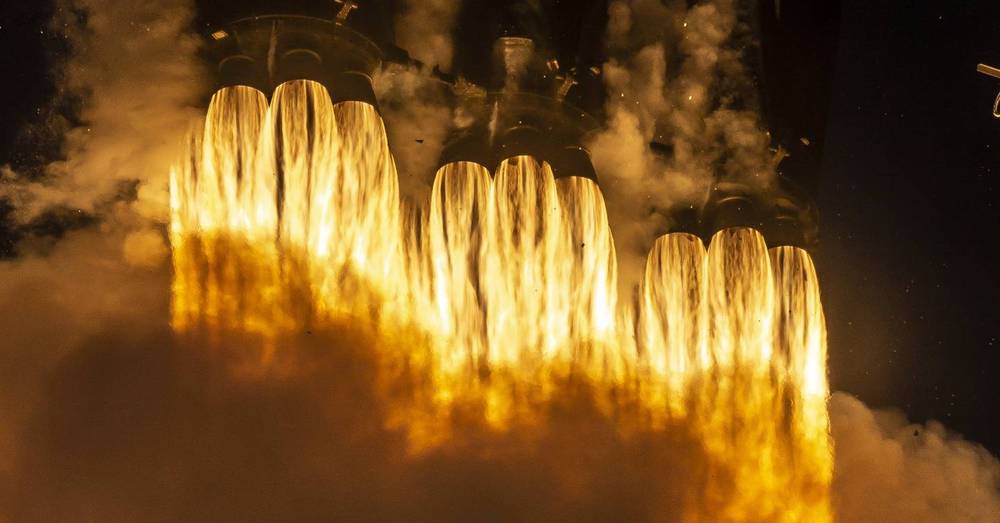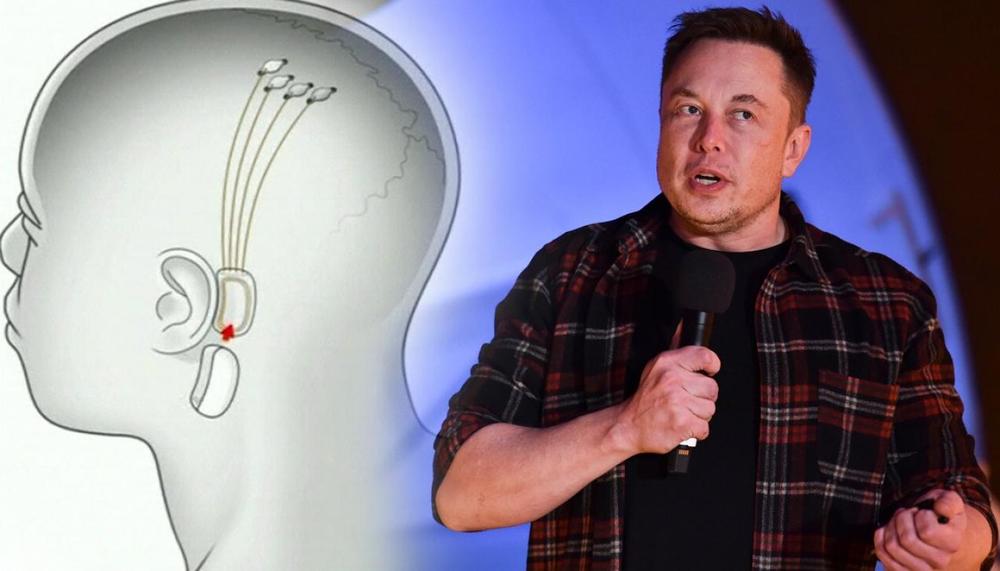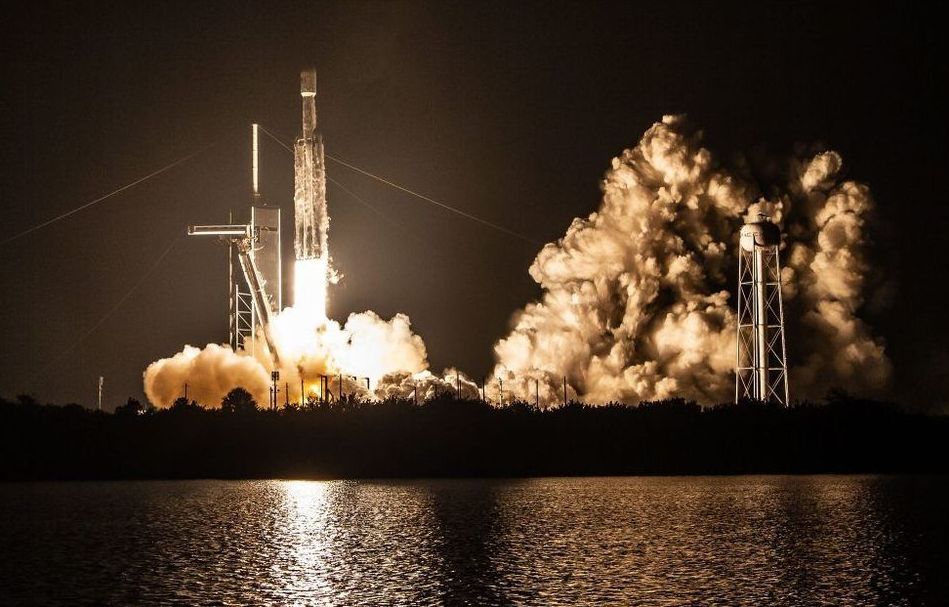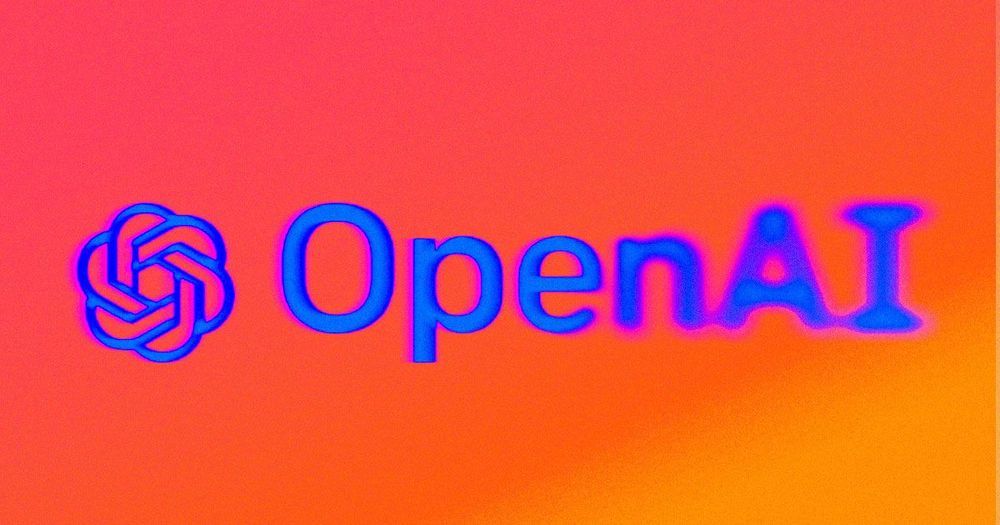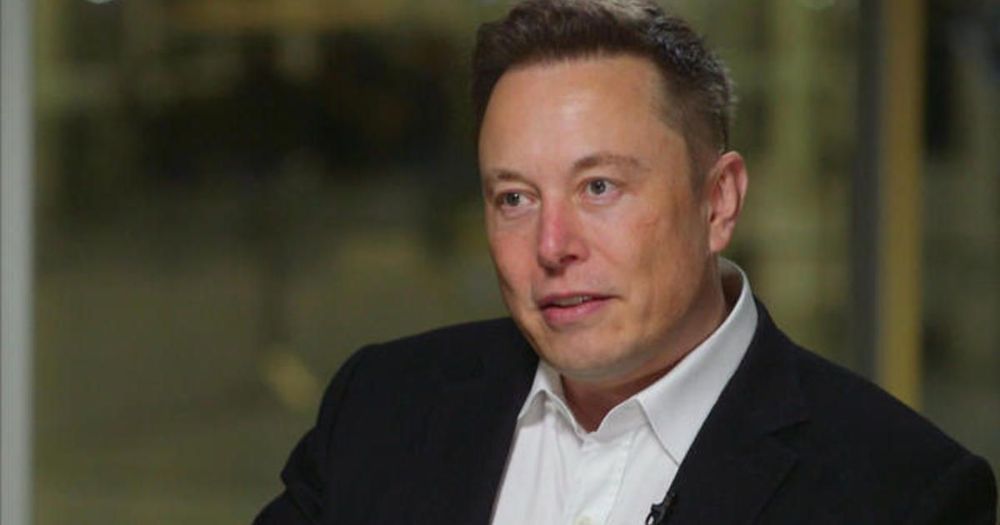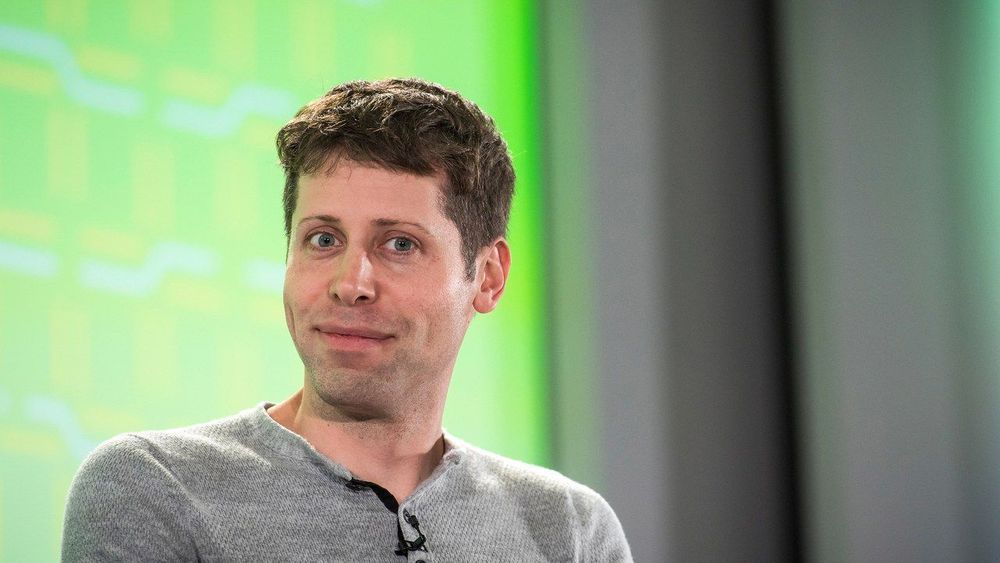How much would it cost to build a city on Mars? According to Elon Musk over the weekend, it could be the most expensive construction project in human history — and cost up to an eighth of the value of the entire global economy.
The SpaceX CEO’s vision includes not only sending the first humans to Mars, but to use that mission as a starting point to build a permanent settlement. Assuming all goes to plan, Musk believes that a self-sustaining city could take shape as early as 2050.
What happens after that point is anyone’s guess. Inverse has spoken to experts from a number of fields, who have flagged a series of issues those first inhabitants will need to address. They could mutate and develop new physical attributes, they could find the city’s confines stifling and develop a national identity, and they could develop a new, ground-up economy.


